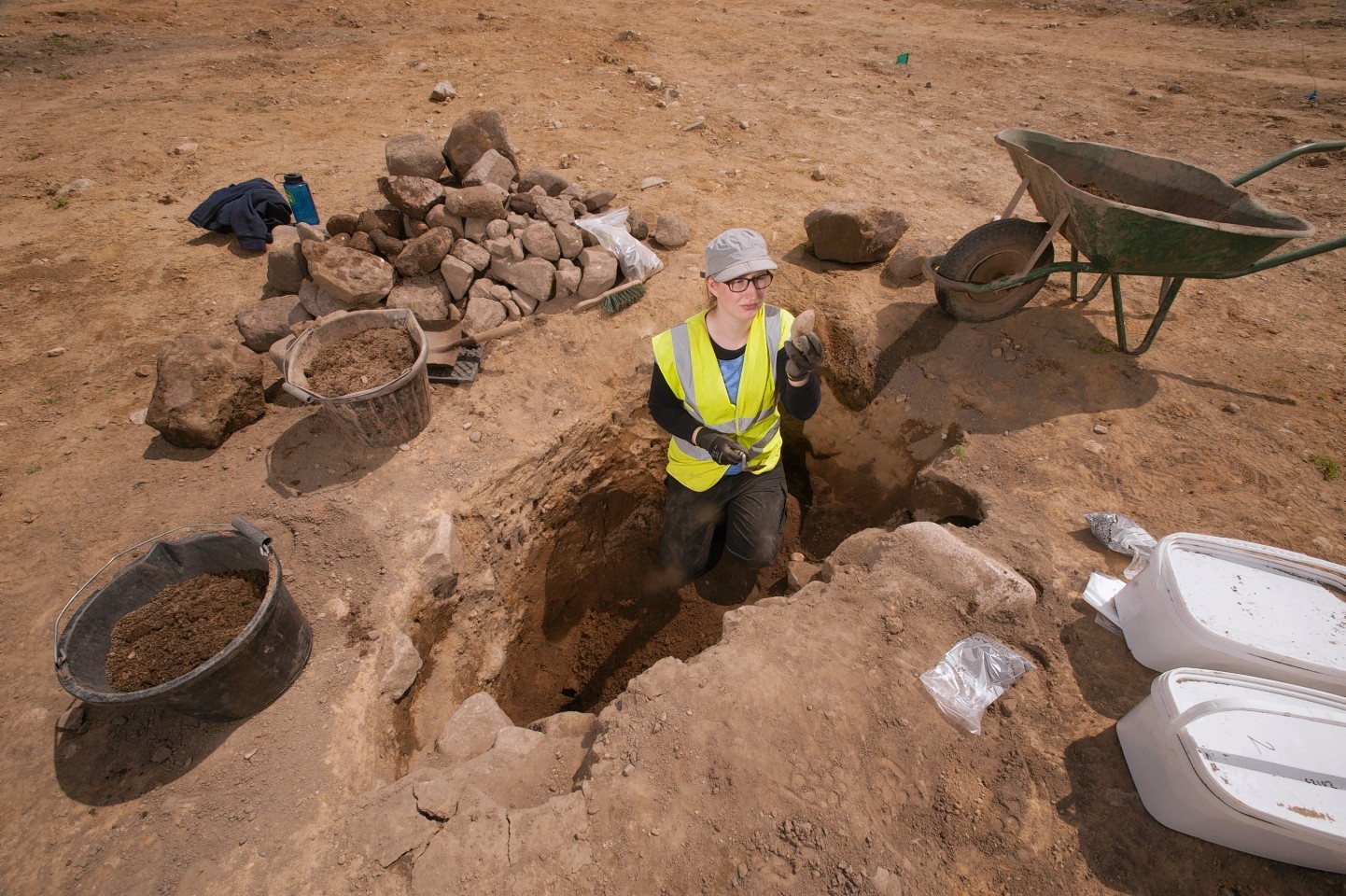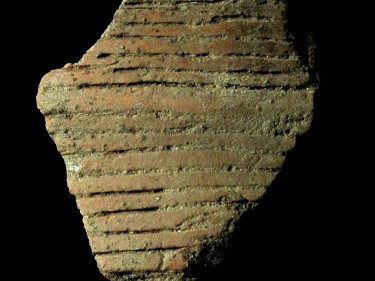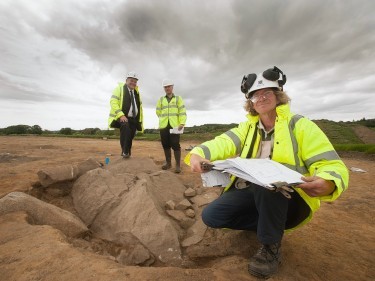Traces of north-east communities dating back almost 4,000 years have been found in Aberdeen.
Pre-construction work taking place at MacRobert Farm, Dyce unearthed evidence of agricultural, industrial and domestic activity from the early Bronze Age.
The site is being prepared for the development of a new park and ride facility and a link route to Dyce Drive, just off of the A96 Aberdeen-Inverness road.
Aberdeen City Council has employed Aecom and Headland Archaeology to carry out ground investigations.
Archaeologist and site director Steve Thomson said: “The site probably dates from the Bronze Age and Iron Age, this is 4,000 years ago, and we have industrial activity to go with that.
“Essentially the site has got 4,000 years of continuous use which is the fantastically exciting thing about it.”
Aberdeen City Council archaeologist Judith Stones said the team had discovered an “incredibly long use of the land”.
Dr Jonathan Shipley, an archeologist at Aecom, said: “I have been working on the project for about nine months now, but in March we found there’s a lot more here than we thought.
“You have a site here being used from the bronze age right through to the medieval period.
“We have just been left with the foundations of the buildings, there’s certainly three houses and one that was rebuilt a number of times over. But certainly the people were growing crops in the area.”
For Mr Thomson, of Headland Archaeology, the most exciting find was evidence of copper smelting situated between two roundhouses.
Smelting is the process used to extract a metal from its ore.
Mr Thomson said: “It may well be the first of its kind in Aberdeen. It’s very important.”
Soil in sections of the earth within the roundhouse areas has revealed the spot where fires would have burned.
Mr Thomson added: “You’re kind of working in the same surface that people did 2000 years ago. People probably sat around and told stories around that fire in the day.”
Dr Shipley added that were it not for the development works at Dyce, and the nature of the planning process, the work may never have been uncovered.
He said: “If the development was not taking place here, you probably would not have found out about the site.”


